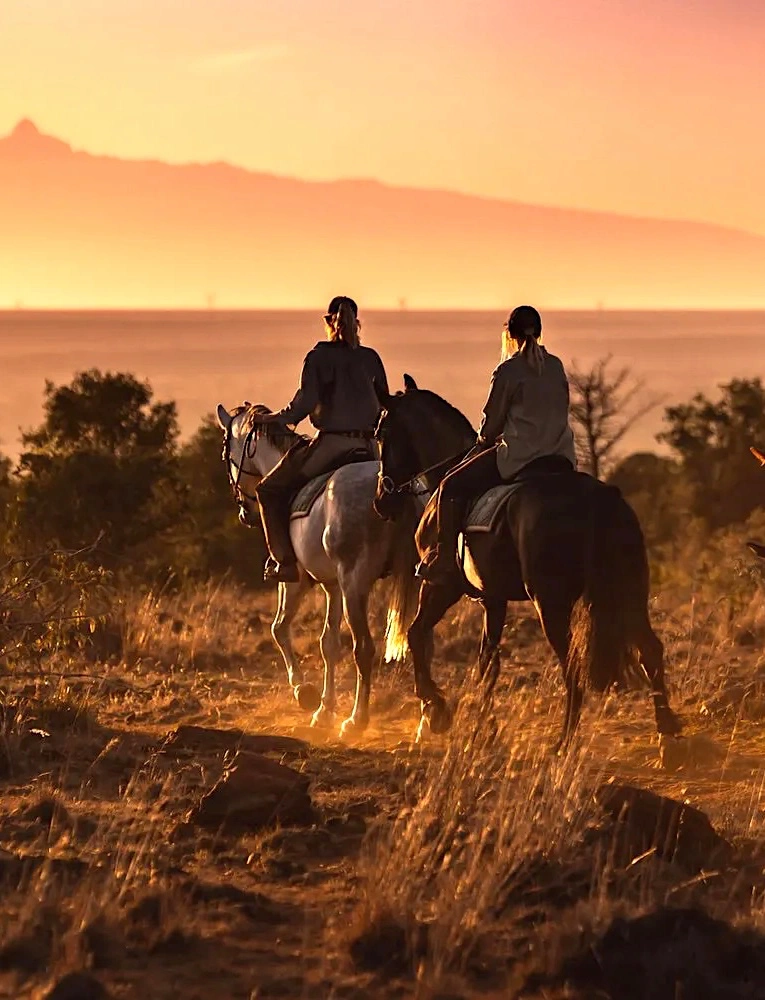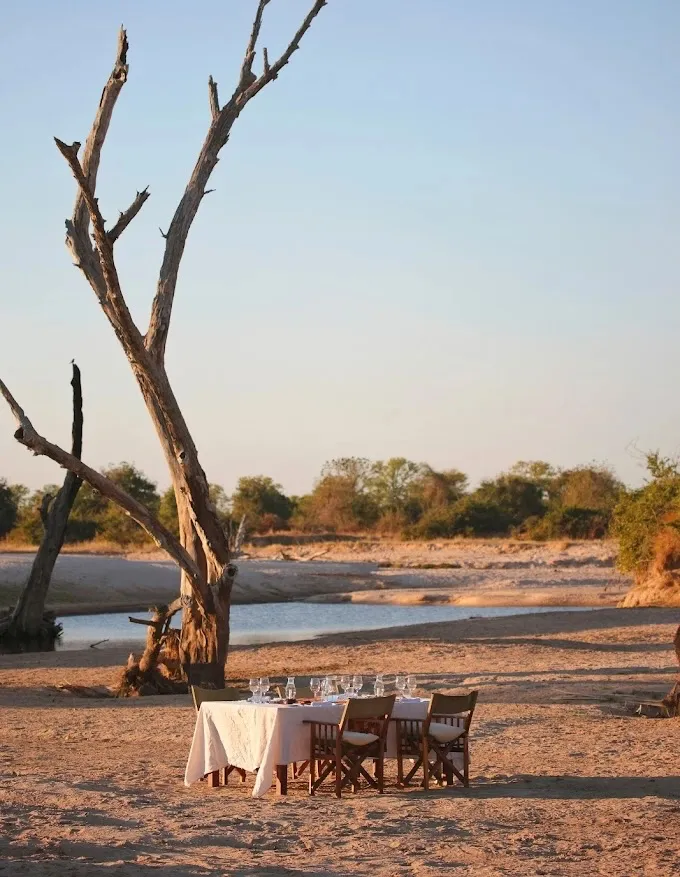
Serengeti National Park

"the place where the land moves on forever"

Tanzania's Serengeti National Park was the earliest site recorded as a World Heritage Site. This region had been perceived as a unique ecosystem, providing us with insight into natural world functions and showing us how dynamic ecosystems truly are.


With 7,500 hyenas, 3,000 lions and 250 cheetahs, anything could happen at any given moment in this game filled region.
The Greatest Wildlife Destination on the Planet
Today, most visitors come here with a single aim: to observe a great many wildebeest, zebras, gazelles and elands on a mass journey to extinguish their hunger for water and new grass - known simply as The Great Migration. During this incredible movement, these ungulates move around this biological system in a seasonal pattern, characterised by precipitation and grass supplements. The journey entails all sorts of danger in many forms and is one of Africa's and epitomises the circle of life.
More than a Migration Route
There are a lot of different motivations to visit the Serengeti. This tremendous stretch of land is stunning and you can never get enough, it very well may be for the extraordinary skies of astonishing tones, or the sensation of energy when not knowing what you might see next - you could answer the lion's call for example. With 7,500 hyenas, 3,000 lions and 250 cheetahs, anything could happen at any given moment. What's more, don't forget about the quiet giants; elephants in the Serengeti wander all over the Serengeti lands.

Ancestors of the Serengeti; meet the Maasai
Despite the fact that the animals rule the plains of the Serengeti, this region has a long history of human occupation. Human ancestors have lived around here for just nearly 4 million years. Today, Serengeti National Park is as yet home to a few native clans. Quite possibly the most well known clan is the Maasai: known for their long-safeguarded culture. Despite education, civilisation and western social impacts, the Maasai public have stuck to their conventional lifestyle, making them an icon of Tanzanian and Kenyan culture.
History of Serengeti National Park
In the late early 1900s, explorers and missionaries first described the Serengeti plains and the massive numbers of animals found there. It was in the late 1920s the great wildebeest migration was first referenced. In 1959 the Ngorongoro Conservation Area was split off from Serengeti National Park and the park boundaries to the Kenyan border were extended. The reason for splitting this was that the local Maasai residents were threatened with eviction as they were not allow to graze their cattle within the national park boundaries. A compromise was reached and the Ngorongoro Crater Area was split off from the national park: the Maasai now live and graze their cattle in the Ngorongoro Crater Area but not within Serengeti National Park boundaries.

Start planning your tailor-made holiday
Speak to one of our travel specialists




%20copy.svg)


.svg)



.svg)





















































































































































%20copy%203.svg)